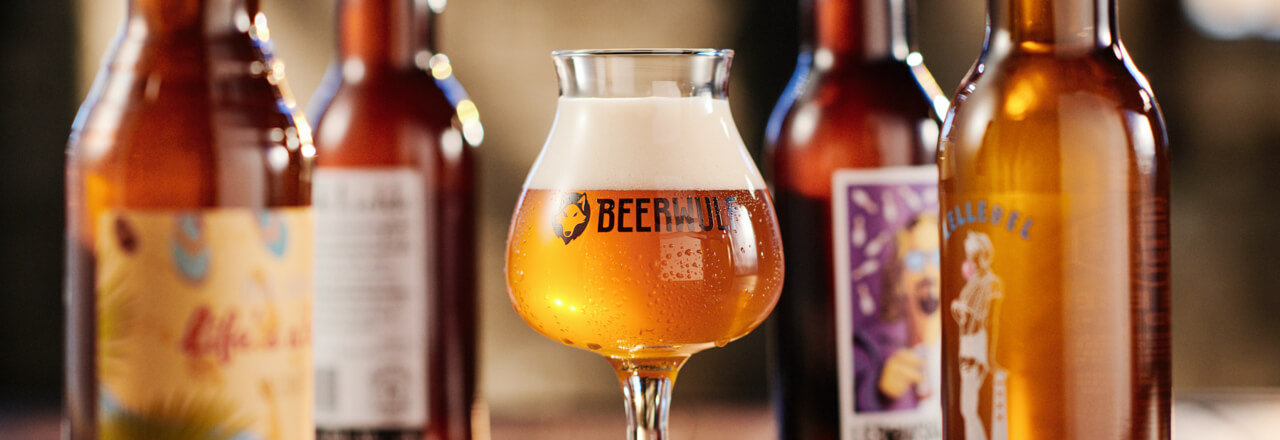The meaning of IBU
Beery numbers you must know
Add {beersToAddNum} more beer and get this box delivered for free Add {beersToAddNum} more beers and get this box delivered for free
Add 1 more SUB Keg and get your box delivered for free Add {torpsToAddNum} more SUB Kegs and get this box delivered for free
Add one more keg for free shipping.
Beer and figures: probably not a combination to get really excited about. But if you have an insight into figures, you can understand your beers better and really ‘read’ them, even before the bottle is opened. Here we present an explanation of the key figures, which are inseparable from the beer.
You can measure the bitterness of a beer in IBUs. IBU stands for International Bitterness Unit. The bitterness in beer can come from a variety of different sources, such as herbs or roasted malt. IBUs only show the bitterness of the hops, derived from the alpha acids they contain. These alpha acids can be measured, and so each milligram of alpha acid per litre of beer is an IBU point.
However, it is important to remember that this doesn’t mean a 50 IBU beer will necessarily taste more bitter than a 40 IBU beer. The way we experience bitterness is also influenced by the amount of carbonic acid, the temperature of the beer and the use of herbs.
There are even beers that claim to have an IBU content of 1000…
The alcohol percentage is a figure that we are all very familiar with. Most beers have an alcohol percentage of between 5% and 10%. On the labels, the percentage is often referred to as alc. 5% vol. We also talk of percentage by volume. This means, half a litre of beer with 5% alcohol in volume contains 25 millilitres of alcohol. The alcohol percentage can also be referred to as a percentage of the weight. Because alcohol is lighter than water, the percentage by weight is lower than the percentage by volume.

The colour of the beer is measured in EBCs. EBC stands for European Brewery Convention. One EBC corresponds to 1 ml of iodine in 100 ml of water. There are also other methods used to indicate the colour of beer. For example, a similar scale is used in the United States, the so-called SRM scale.
Gravity is another term widely used by brewers - it indicates the number of solid ingredients used before fermentation. The vast majority of these solids are sugars, which are converted into carbonic acid and alcohol during fermentation. The gravity is a fairly accurate indication of how much alcohol the beer will ultimately contain.
Gravity is measured using the Plato scale. This value is used in the Netherlands to calculate the excise duty that brewers should pay. You may have noticed that on the labels of a Dutch beer bottle you always see a category designation (Cat.). For example, a pilsner is in Category 1. This means that it has a gravity of between 11 and 15.5 Plato. Heavy beers are classified in Category S and have more than 15.5 Plato.
Based on these figures you now have a good idea of what beer you are dealing with - but the best way, of course, is to taste it!